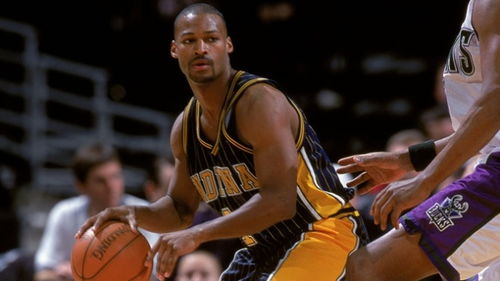Content:
Fishing is an ancient art that requires patience, skill, and a deep understanding of the fish's behavior. One of the most crucial skills in fishing is mastering the hooking and biting techniques. Whether you are a beginner or an experienced angler, honing these skills can significantly improve your chances of catching more fish. In this article, we will discuss how to train your hooking and biting techniques to become a more successful angler.
Familiarize Yourself with the Equipment
Before you start training your hooking and biting techniques, it is essential to be familiar with the equipment you are using. Ensure that your fishing rod, reel, line, hooks, and lures are in good condition and properly matched for the type of fish you are targeting.

Learn the Basics of Hooking
The first step in mastering hooking techniques is to understand the basic principles. Here are some tips to help you get started:
a. Choose the Right Hook: Different fish species require different types of hooks. Research the species you are targeting and select the appropriate hook size and shape.
b. Proper Hooking Technique: When fishing, hold the lure or bait with your index finger and thumb. Insert the hook through the bait or lure, ensuring that the point is exposed and ready to catch the fish.
c. Practice Hooking Different Types of Bait: Practice hooking various types of bait, such as live bait, artificial lures, or homemade baits. This will help you become more proficient in hooking different types of fish.
Train Your Biting Sensitivity
Biting sensitivity is crucial in detecting when a fish is biting. Here are some tips to improve your biting sensitivity:
a. Use Light Line: Lighter line allows you to feel the subtle movements of the fish as it takes the bait.
b. Adjust Your Reel's Drag: Proper drag settings can help you feel the fish's fight without breaking the line.
c. Practice Sensory Awareness: Pay attention to the subtle movements of your rod, reel, and line. Even the smallest changes can indicate a fish biting.
Practice Casting and Retrieval
Casting and retrieval techniques are essential for presenting your bait or lure effectively. Here are some tips to improve your casting and retrieval skills:
a. Learn the Proper Casting Technique: Master the basic casting technique, such as the overhead cast, sidearm cast, or roll cast, depending on your fishing environment.
b. Practice Retrieval: Retrieve your lure or bait at a consistent pace, allowing it to mimic the natural movement of the fish's prey.
c. Experiment with Different Retrieval Techniques: Try various retrieves, such as a slow, steady retrieve, a twitch-and-pause retrieve, or a fast retrieve, to see which one works best for the fish you are targeting.
Observe and Learn from Others
Observing and learning from other anglers can provide valuable insights into hooking and biting techniques. Attend fishing clinics, join fishing clubs, or simply watch experienced anglers in action. You can learn a lot by observing their techniques and asking questions.
Practice Regularly
Like any skill, hooking and biting techniques require regular practice to improve. Spend time on the water, practicing your techniques and experimenting with different approaches. The more you practice, the better you will become at detecting and capitalizing on fish bites.
In conclusion, mastering hooking and biting techniques is essential for becoming a successful angler. By familiarizing yourself with the equipment, learning the basics of hooking, training your biting sensitivity, practicing casting and retrieval, observing others, and dedicating time to regular practice, you will significantly improve your chances of catching more fish. Happy fishing!












